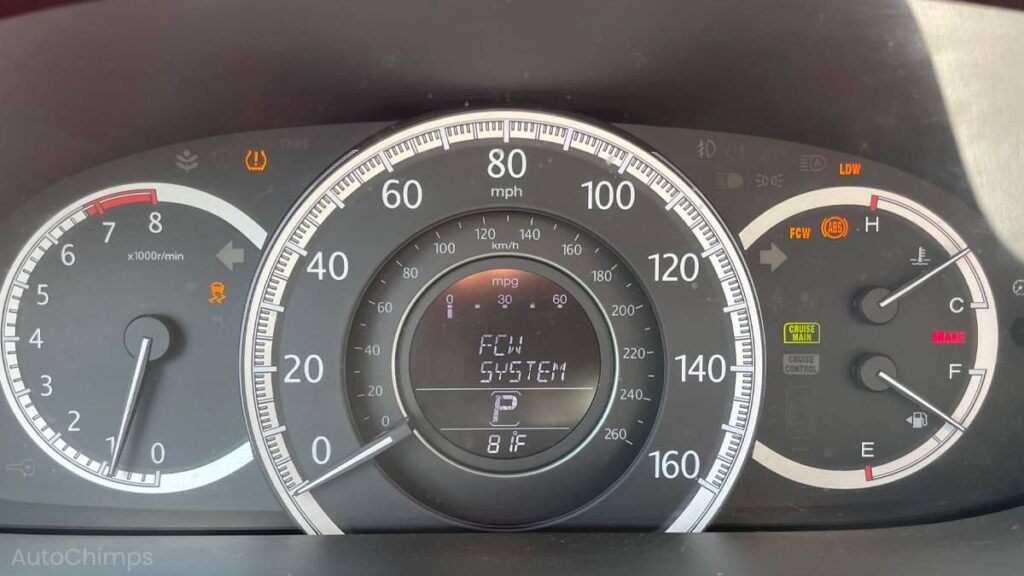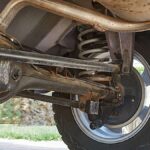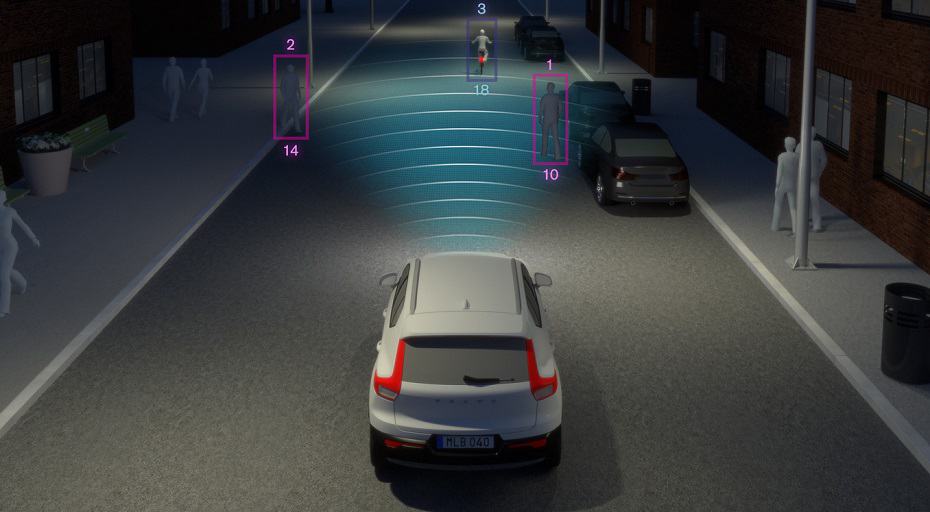
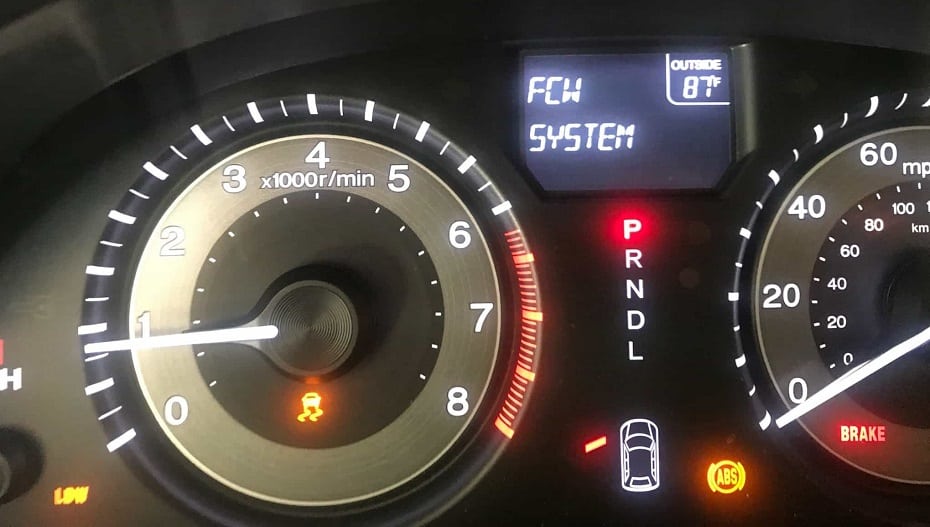
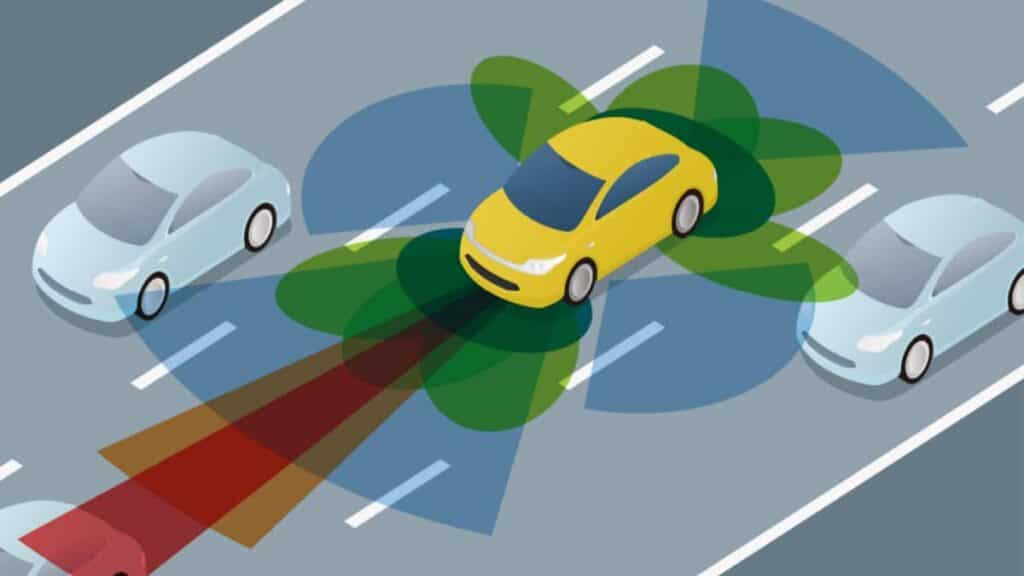
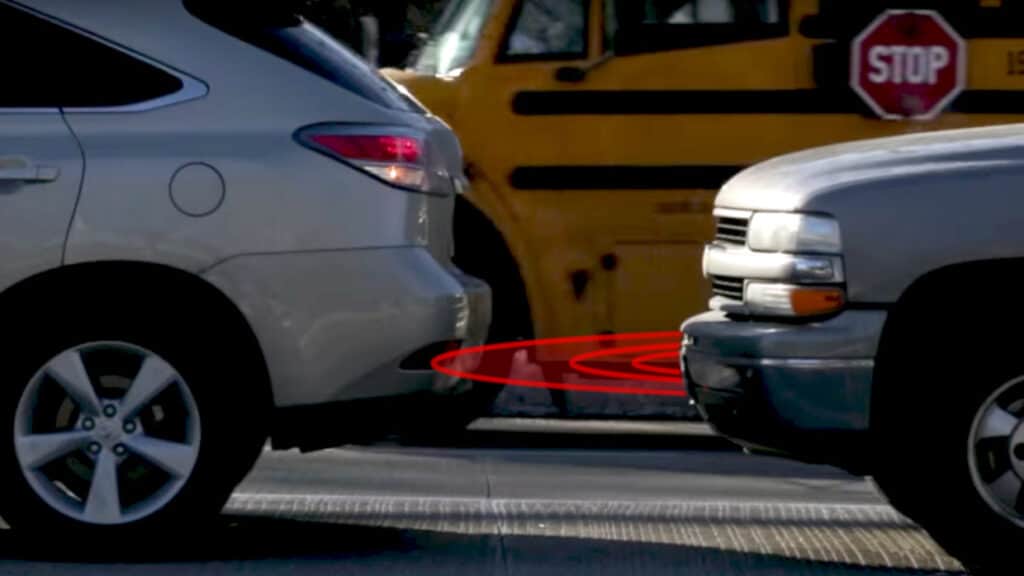
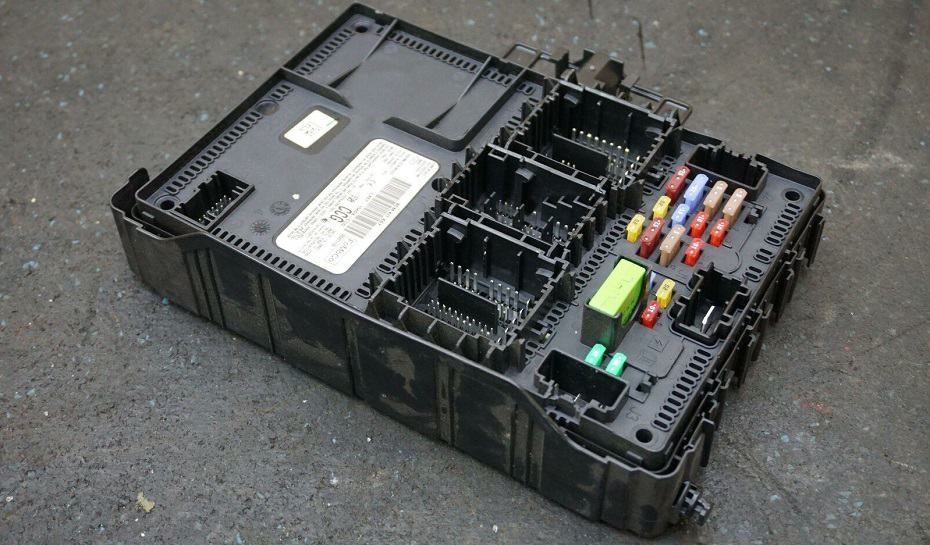
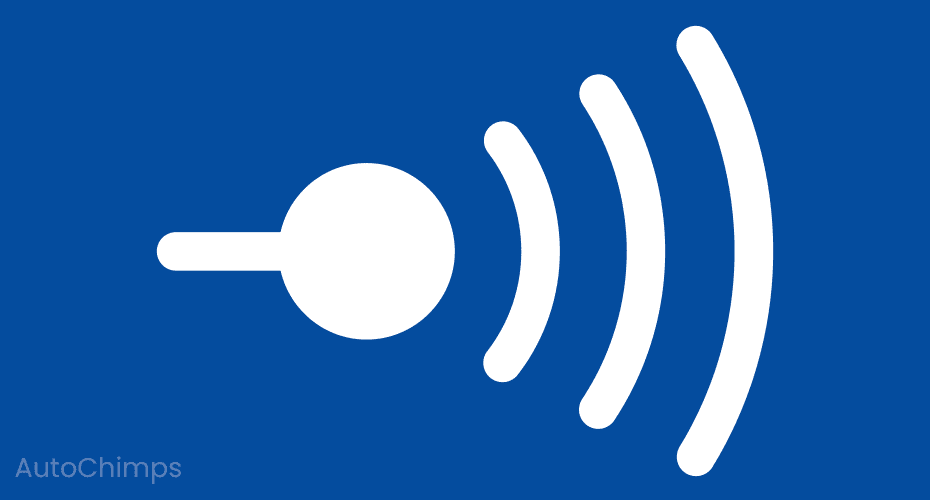
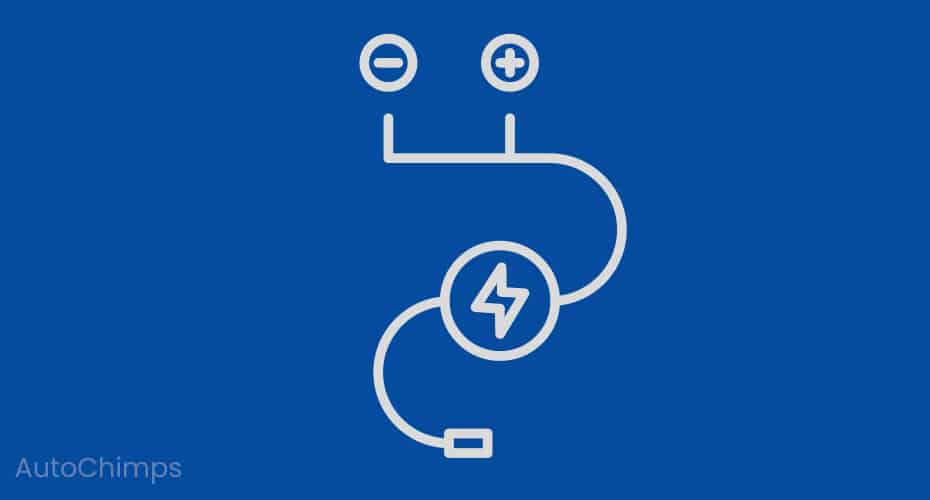

Understanding FCW System Malfunctions: What to Know
When the “FCW System Malfunction” light pops up, it means the Forward Collision Warning system is taking a break. This can leave drivers in the dark about potential crashes. So, what’s the deal when this system fails? Let’s break it down.
What Is an FCW System?

The Frontal Collision Warning (FCW) system is like a watchful buddy on the road, giving drivers a heads-up about potential dangers ahead. It alerts when the speed is too fast compared to a slower or stationary object up front.
Different manufacturers have their own spin on this tech, but most rely on a mix of:
- Cameras
- Radar sensors
- Lasers
This system can be a lifesaver, especially for those who might be a bit distracted while driving.
When it spots trouble, it usually makes a noise (like a beep) or shakes the steering wheel. But remember, it’s just a helper, not a magic oracle. It can misjudge situations, so slamming on the brakes for no reason could lead to a rear-end collision.
Also, the FCW might not work in certain situations, like:
- Seeing oncoming traffic
- Traffic crossing the path
- Small road users like pedestrians or cyclists
Always keep an eye out, especially for the more vulnerable road users.
FCW System Failure: What to Do

If the “FCW System Failed” message lights up, it’s time to stay alert. Don’t worry—your car won’t suddenly slam on the brakes. The system shuts down to prevent accidents.
Keep driving until a safe spot pops up, like a rest area or parking lot. Then:
- Restart the car. Sometimes, that’s all it takes to clear the error.
- If the message reappears, give the front of the car a good clean. A thorough wash might clear any gunk blocking sensors or cameras.
- If that doesn’t work, check the owner’s manual to turn off the FCW system, then head to a qualified mechanic.
Just remember, the FCW system is only an alert system. It doesn’t control the brakes, so even if it’s down, the car is still safe to drive. Just keep a sharper lookout for anything stopping ahead.
What Part of the FCW System Fails?

When the FCW system goes dark, it’s clear something’s off. But what exactly is failing? It could be:
- Driving beyond the system’s limits
- Road or traffic conditions
- Environmental factors
- Sensor, camera, or laser failure
- Electrical issues
- Physical damage
- Poor-quality parts
- Wiring problems
- ECU or command module failure
For issues with the ECU or sensors, it’s best to leave it to the pros. Trying to fix it at home could lead to more headaches.
Driving Beyond the System’s Limits

This is usually the top reason for the “FCW System Failed” warning. Certain conditions—like bad weather, road types, or other distractions—can throw the sensors off.
Examples include:
- Heavy rain or snow
- Thick fog or dust storms
- Driving through a tunnel
- Ice or snow covering sensors
- Narrow, winding roads
- Driving too close to the car ahead
In such cases, it’s smart to pull over, clean off any debris, and restart the car. Often, this clears the issue.
FCW Sensor Failure

If the FCW system is still down, the problem might be with a sensor or camera. Each manufacturer has different setups, so checking the owner’s manual is key.
Generally, the sensors are located at the front of the vehicle—often near the windshield or in the grille. If a sensor is faulty, replacing it is usually straightforward.
But if it’s damaged or worn out, it’s time for a new one. If a new windshield or sensor is installed, make sure to have it calibrated properly.
Electrical Wiring & Connections

If sensors seem fine, the wiring might be the culprit. Issues can arise from:
- Broken wire sleeves leading to corrosion
- Rodents munching on eco-friendly materials
- Loose connections
- Grounding cables shorting out
- Blown or loose fuses
A pro should handle any electrical diagnostics if wiring is suspected.
ECU/Command Module Failure

Diagnosing ECU issues is tricky. If wiring and sensors check out, this could be the last stop. Control modules can fail due to water damage, accidents, or even manufacturing errors.
A reset might help—usually involving a fuse removal or battery disconnection for about 15-30 minutes. Just check the owner’s manual first to avoid messing things up!
If that doesn’t work, it’s time for some serious repair work. DIYing ECU replacements isn’t recommended; it’s a complex job best left to the experts.
How to Fix a Failed FCW System

To wrap things up, here’s a quick checklist for tackling FCW system issues:
- Clean the front of the car.
- Restart the engine.
- Try a control reset (check the manual!).
- Consult an automotive electrician.
While local mechanics can help, they often outsource this work, driving up costs. Going straight to a specialist might save some cash.

